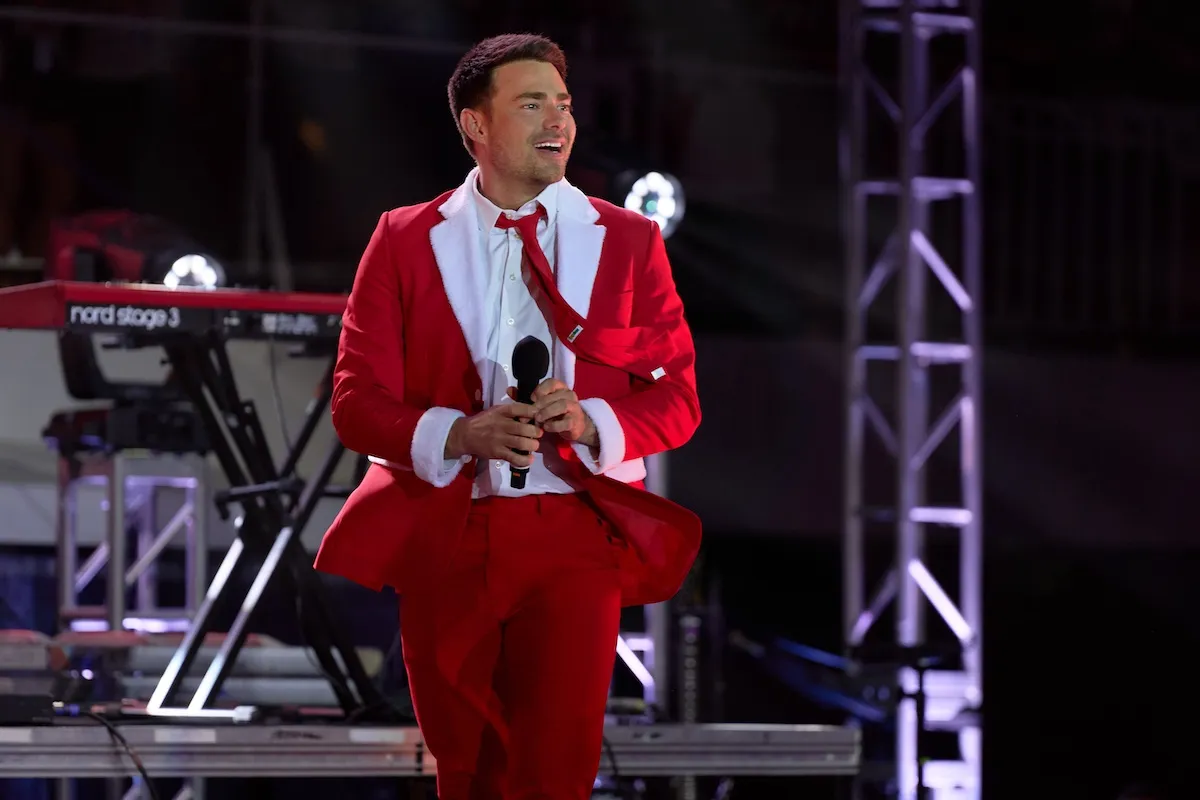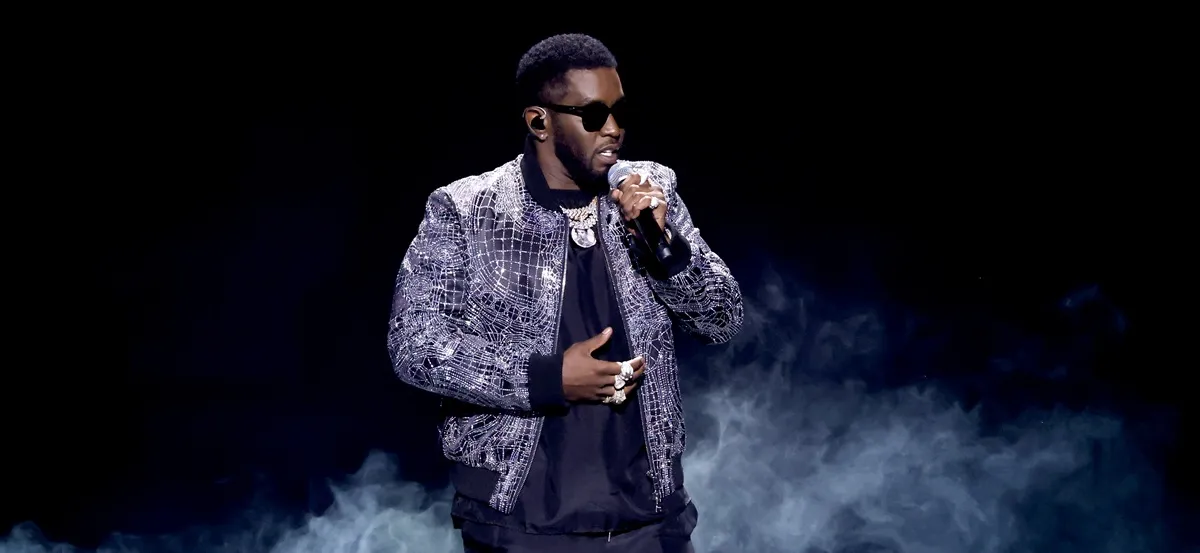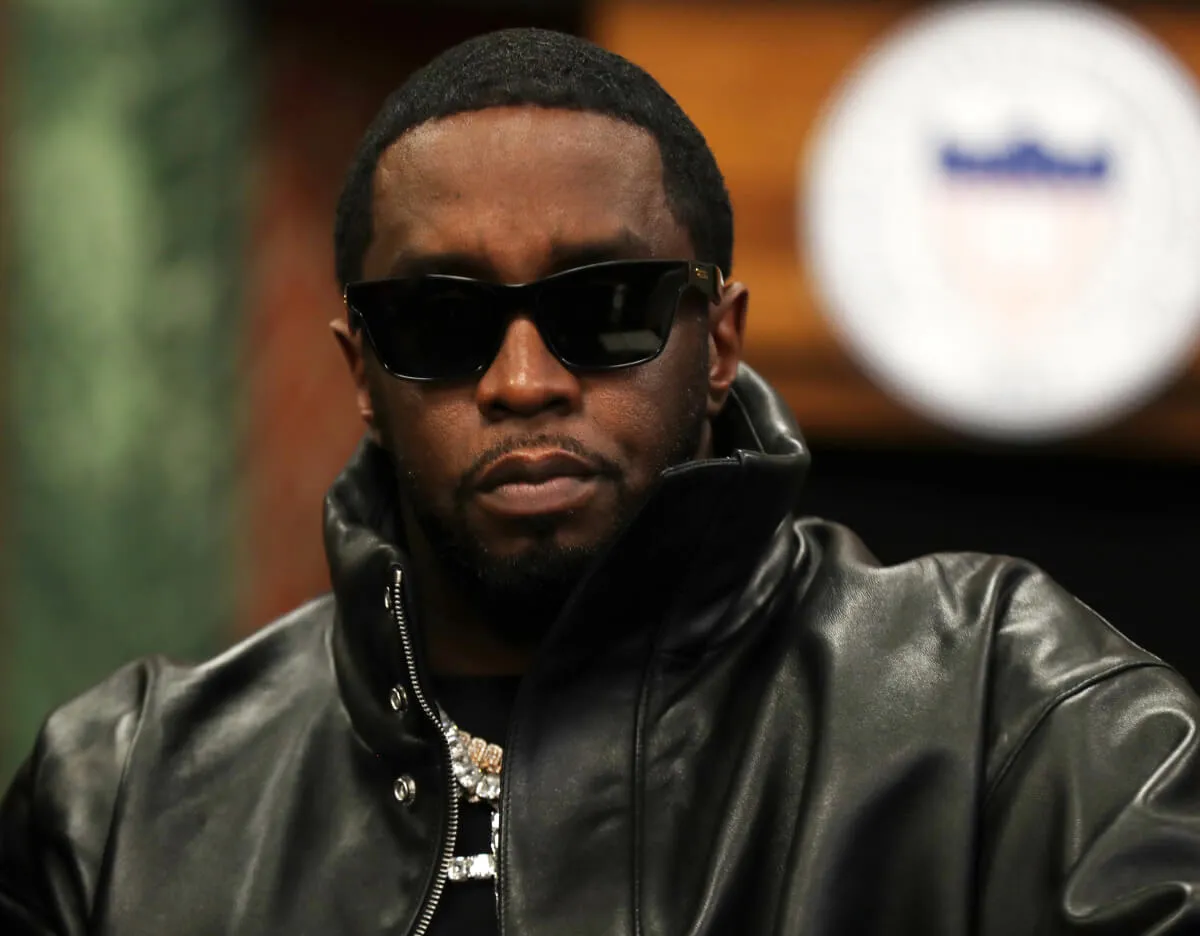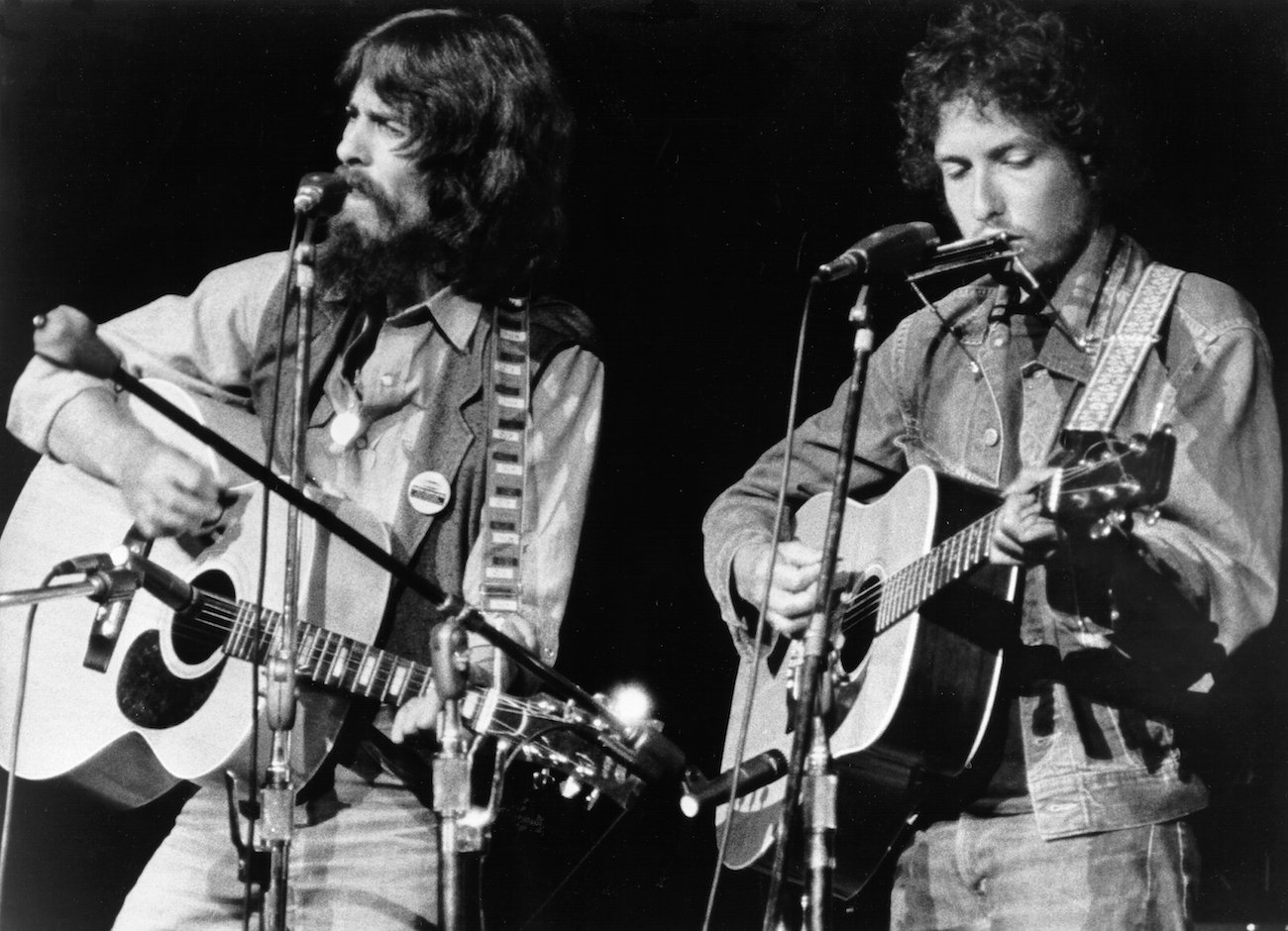
George Harrison Thought It Was Good That Bob Dylan Took a Break From Music in the Late 1960s
George Harrison thought it was good that Bob Dylan took a break from music in the late 1960s. When the Beatle visited his friend in 1968, Dylan had already been in his self-imposed exile for years. Dylan appeared different, but underneath, he was doing what he wanted.
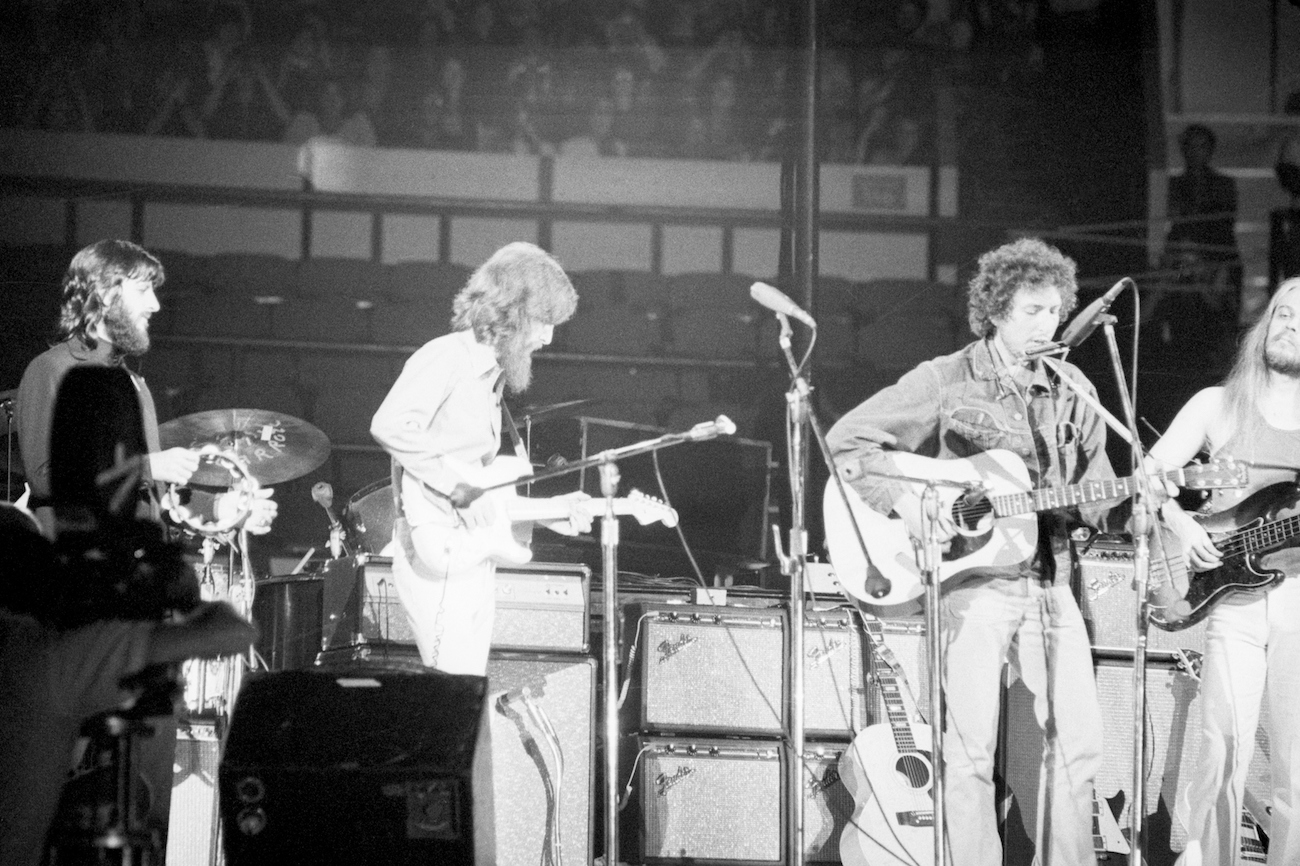
George Harrison defended Bob Dylan when he went electric
In the early 1960s, George and Dylan became fans of each other. They met in 1964, and Dylan’s Blonde on Blonde was the only record George brought with him to India in 1966.
George attended many of Dylan’s concerts. He was amazed at everything the singer/songwriter did, whether it was folk, rock, or country.
George was present at Dylan’s performance at London’s Royal Albert Hall in May 1965, where Dylan walked on stage with an electric guitar. He was supportive of his friend.
In Here Comes The Sun: The Spiritual And Musical Journey Of George Harrison, Joshua M. Greene wrote that the move prompted boos from fans “who viewed the switch from acoustic as a betrayal of his folk purity.”
He continued, “George called those who walked out of the concert ‘idiots’ and argued ‘it was all still pure Dylan, and he has to find out his own directions. If he felt he wanted electrification, that’s the way he has to do it. Who’s laying down the rules?’
“Dylan had started his career with folk songs and protest music but by 1966 had moved away from pointing fingers at others and begun examining himself,” Greene continued. George was entering a period of self-examination around that time as well.
According to Britannica, Dylan constantly toured in 1965 and 1966, “always playing to sold-out, agitated audiences.” Finally, in 1966, Dylan had had enough.
George thought it was good that Dylan took a break from music
Along with constantly being booed on stage, a 1966 motorcycle accident that resulted in a broken neck made Dylan enter a self-imposed exile. He disappeared for the next two years but slowly started to emerge in early 1968.
George visited Dylan in November, and his friend’s attitude surprised him. During a 1977 interview with Crawdaddy (per George Harrison on George Harrison: Interviews and Encounters), George explained that his friend was unusually quiet and shy when he arrived. He thought it was strange, considering Dylan had always seemed confident. However, playing music got him out of his shell.
“I was with Bob and he’d gone through his broken neck period and was being very quiet, and he’d didn’t have much confidence, anyhow—that’s the feeling I got with him in Woodstock,” George said. “He hardly said a word for a couple of days. Anyway, we finally got the guitars out and it loosened things up a bit.
“I felt somehow very close to him, or something, you know, because he was so great, so heavy, and so observant about everything. And yet to find him later very nervous and with no confidence….”
Dylan did no wrong in George’s eyes. Even when the “Blowin’ in the Wind” singer stopped making music in the late 1960s, George applauded him for doing what he wanted.
“And I thought, ‘Isn’t it great, because I know people are going to think, ‘S***, what’s Dylan doing?’ But as far as I was concerned, it was great for him to realize his own peace; and it meant something. You know, he’d always been so hard … and I thought, ‘a lot of people are not going to like this.’ But I think it’s fantastic because Bob has obviously had the experience.”
Dylan almost didn’t come out of hiding for the Concert for Bangladesh
By the summer of 1971, Rolling Stone wrote that Dylan had become “something of an apparition.” They continued, “It was beginning to look like he might drop out of the music scene entirely.”
By the time George started planning Concert for Bangladesh, Dylan had played only a hand full of shows since 1966 and none in the previous two years. George struggled to get Dylan to sign on to the benefit concert.
When George asked Dylan to perform “Blowin’ in the Wind,” which he hadn’t played in seven years, Dylan snapped back, “Are you going to play ‘I Want to Hold Your Hand?'”
Dylan signed on, and he showed up to rehearsals. However, Dylan started to get cold feet. Phil Spector, who co-produced the live album, said Dylan’s arrival was questionable.
In 1987, George told Rolling Stone (per Harrison Archive) that Dylan was reluctant to show. “He never committed himself, right up until the moment he came onstage. On the night before Bangladesh, we sat in Madison Square Garden as the people were setting up the bandstand.
“He looked around the place and said to me, ‘Hey, man, you know, this isn’t my scene.’ I’d had so many months… it seemed like a long time of trying to get it all together, and my head was reeling with all the problems. I’d gotten so fed up with him not being committed, I said, ‘Look, it’s not my scene, either. At least you’ve played on your own in front of a crowd before. I’ve never done that.'”
George had no idea if Dylan would show, but he did. He even enjoyed it. Later, George and Dylan became bandmates in The Traveling Wilburys. The former Beatle might’ve supported Dylan in everything he did, even during his exile, but George was just as glad as any fan when Dylan released more music.
